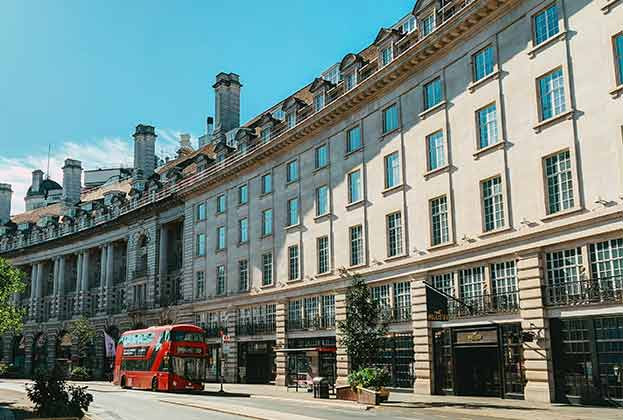Last year commercial investment transaction volumes reached £3.2 billion in the North West, slightly below previous peaks but still 45 per cent above the 10-year average. This was largely driven by office investment, which reached a record £1.2 billion (39 per cent of total volumes).
Prime office yields appear to have returned to their previous low of approximately 4.75 per cent in 2006/07, illustrated by Fidelity’s December 2017 acquisition of The Meridian on Manchester’s Quay Street, reflecting a net initial yield of 4.85 per cent. Consequently pricing looks strong, but we must remember that context is all important. In 2007, the Bank of England’s base rate was 5.5 per cent, meaning the margin on prime regional offices was -0.75 per cent. With a current base rate of 0.5 per cent, that margin now stands at +4.25 per cent, albeit with the spectre of further incremental increases in the base rate later this year.
In addition, Manchester is facing an undersupply of new build office stock, with current availability of grade A space equating to only about 10 months of take-up. Compared with the situation 10 years ago, when availability equated to 26 months’ take-up, it’s clear that the supply and demand equation now implies that rental growth prospects remain strong. All of this suggests that there is still room for a small amount of further yield compression.
As a result of the current gap between prime commercial property yields and the Bank of England’s base rate, demand for assets offering secure long-life income streams is strengthening. In Savills cross sector predictions for 2018 we forecast that income returns will account for circa 60 per cent of total projected returns from UK property assets for the period to 2022, compared with 45 per cent over the last decade.
This extends beyond offices, with a good example being Aviva’s recent acquisition of an industrial property with a 15-year lease to Amazon at Logistics North in Bolton for a yield of 4.25 per cent. Given the weight of money targeting the industrial sector, we expect yields to compress further.
Nationally, urban logistics tops Savills league table for average annualised returns between 2018 and 2022, as it looks set to deliver the highest income yield and strongest capital growth. The rental gap between urban industrial space in the South East (£14 per sq ft) and in North West locations such as Trafford Park (£7 per sq ft) is currently wide. The North West often follows in London’s footsteps, meaning those buying urban logistics in the region could now reap the rewards of significant rental growth in the longer term.
Looking ahead, early anecdotal evidence suggests stock will remain tight with few pressure points to force vendors to market. This in itself will create opportunity for those who acquired well over the past few years to profit take in a very strong vendors’ market. However, for a cautionary tale, look to investors who held on for the next round of growth 10 years ago, only to be left without a chair when the music stopped.
Further information
Read more: UK Cross Sector Outlook
.jpg)

.jpg)



.jpg)
.jpg)
.jpg)

